Gülnur Özdağlar: A Story of Transformation from PET Bottles to Art
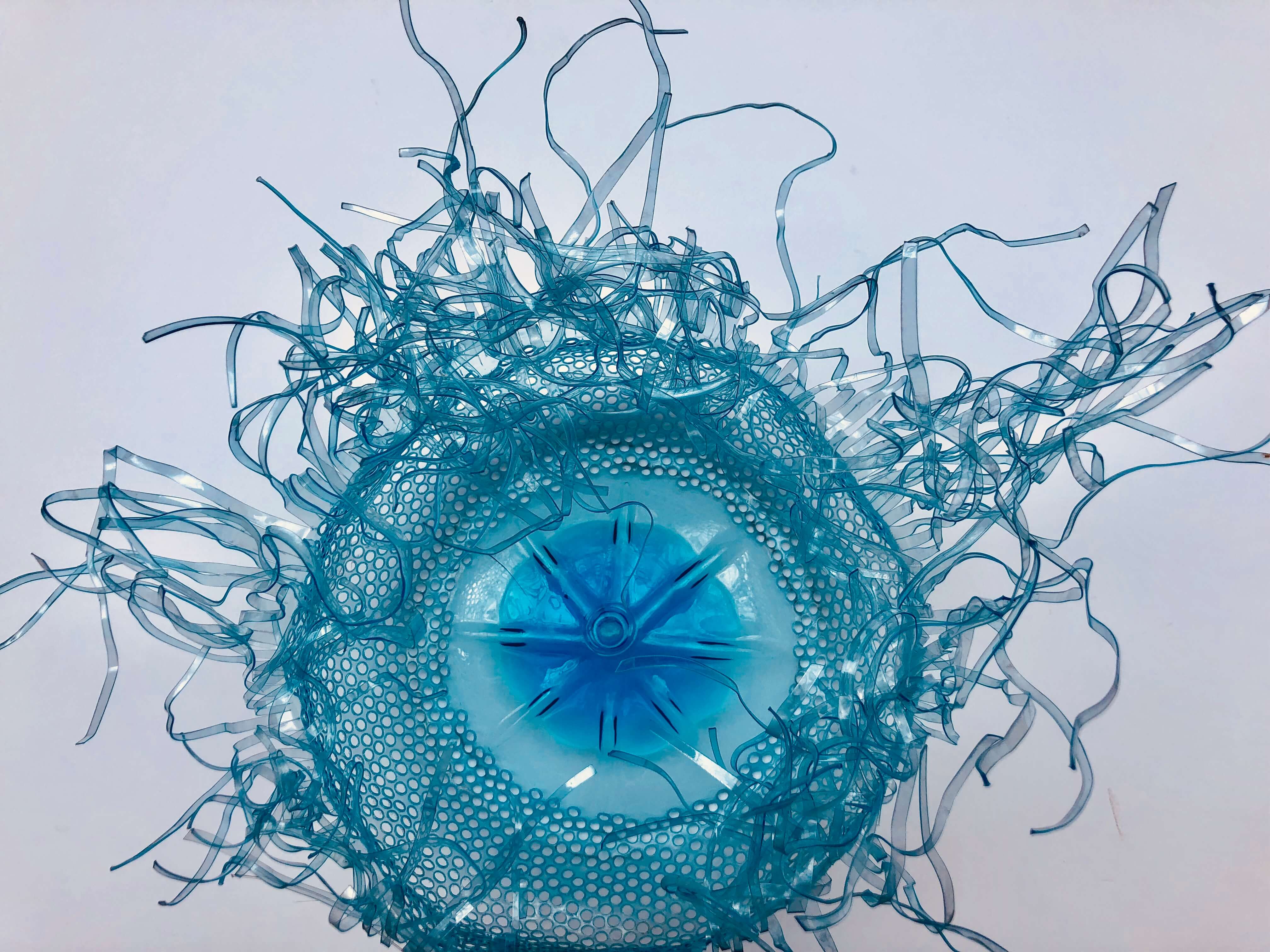
Gülnur Özdağlar has earned both local and international acclaim for turning PET bottles into striking art pieces and accessories. We had the opportunity to chat with her about what drew her to this material, the societal significance of upcycling, how her architectural background shapes her creative process, and the exciting projects she has on the horizon.
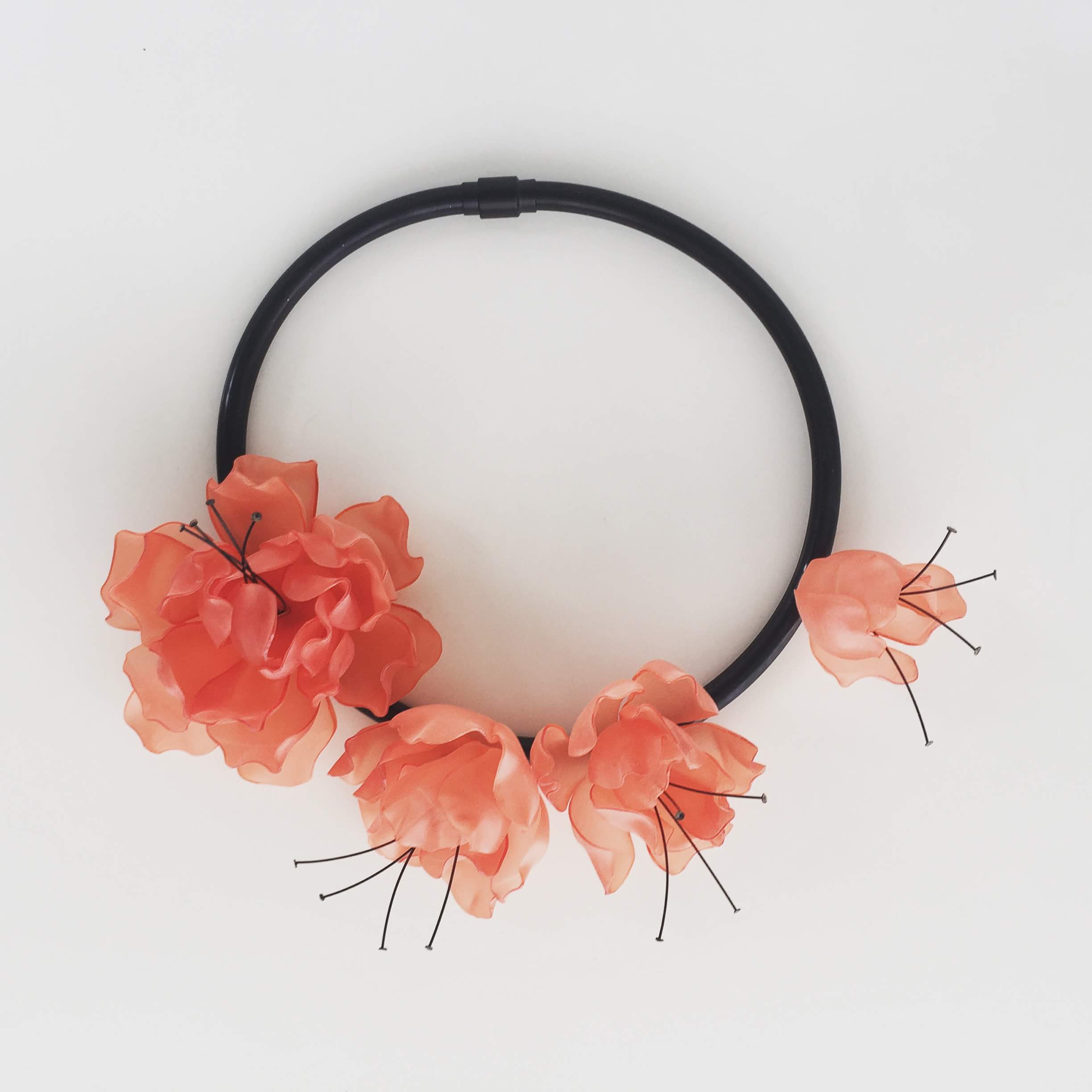 |
 |
In your work, you transform PET bottles into art and accessories, giving single-use waste a new, lasting life. What initially inspired you to explore this material?
For years, I was content working in architecture and digital art, especially during the early days of Photoshop when photo manipulation fascinated me. But over time, I felt the need to create things with my hands, to break away from the “indirectness” of the screen. That’s when the idea of using discarded PET bottles occurred to me. PET, with its limitless potential for transformation, introduced me to a world of new possibilities. These transparent pieces of plastic are seemingly fragile but incredibly durable, shiny, easy to mold, and they hold their shape. The fact that they're labeled as waste—yet can become the raw material for something entirely new—was exciting. From there, it wasn’t just about inspiration; it was about trial, error, and perseverance.
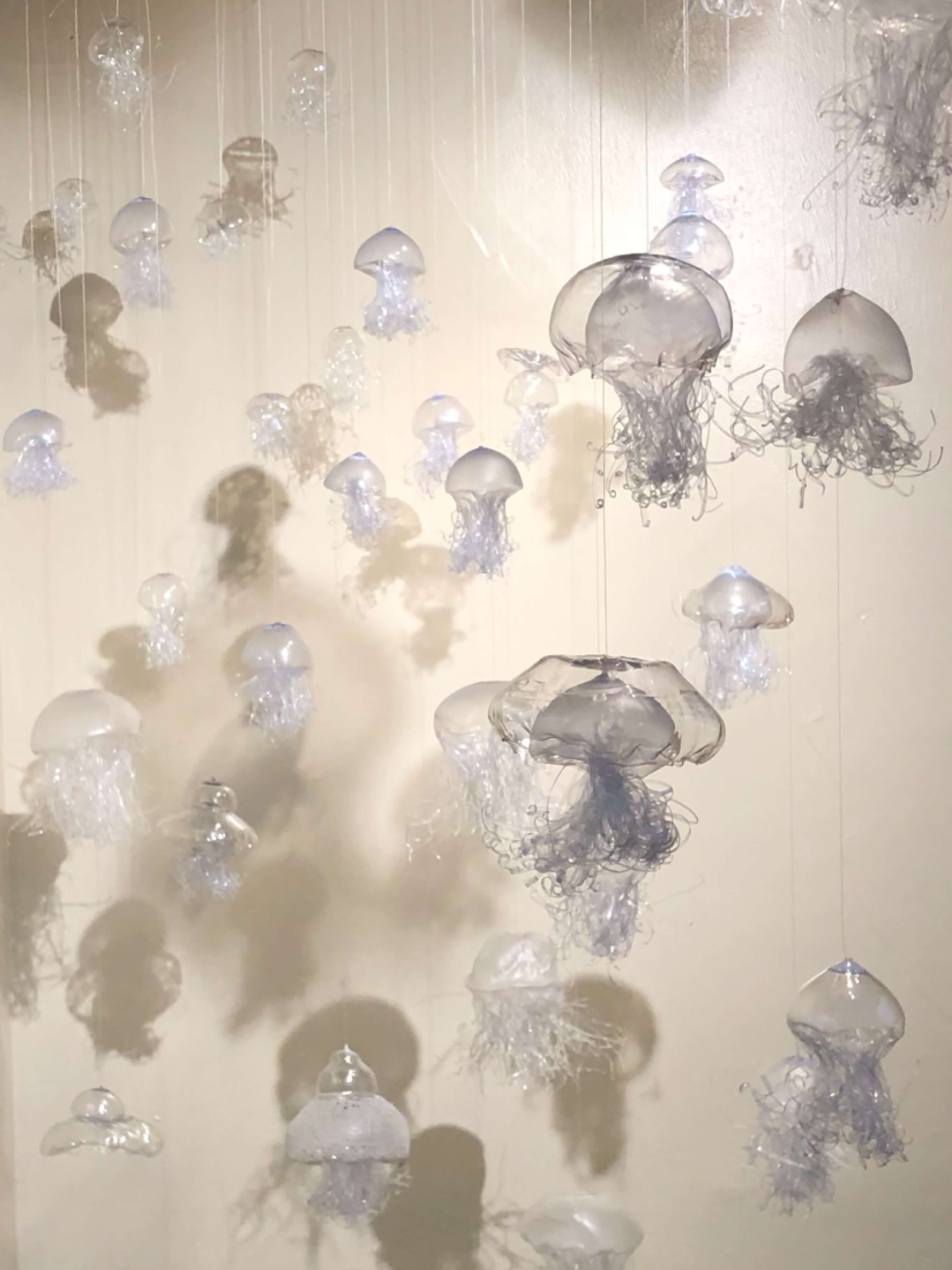 |
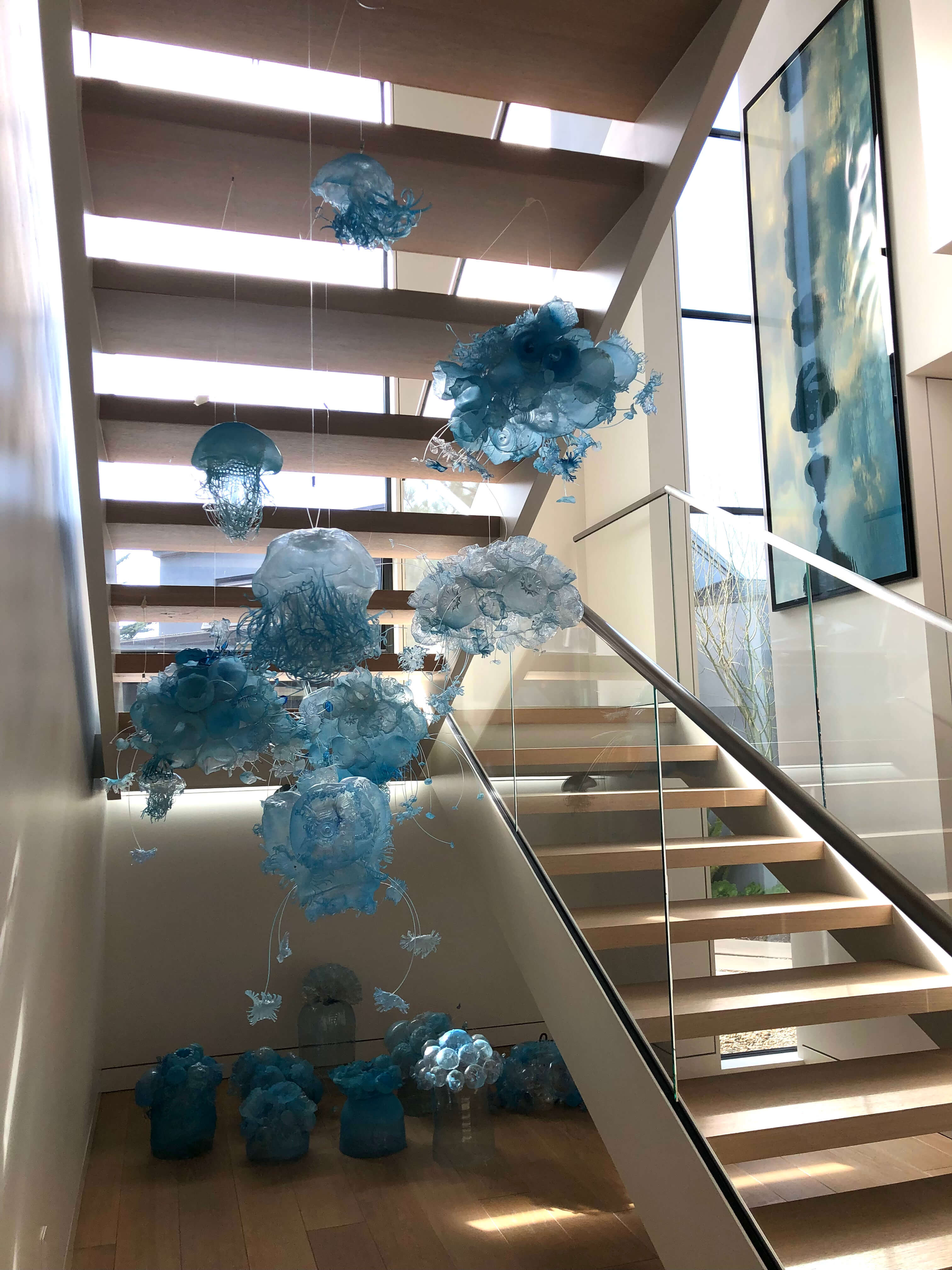 |
You were among the first in both Turkey and globally to create art and designs from upcycled materials. You've also showcased your work internationally. How have audiences, both at home and abroad, responded?
My first exhibition came together thanks to the support and encouragement of my friends. Shortly after, my amateur blog started gaining attention from design websites. This was before Instagram and Facebook, so I ended up gaining a bit of traction on the social media platforms that existed at the time. In a short time, I was being featured in international magazines and receiving invitations to exhibitions. I became known as one of the few artists working with bottles, and promoting the concept of upcycling through a manifesto. In the world of jewelry, I’m recognized as the first to use PET bottles as a design medium. Of course, the fact that upcycling has become more relevant globally in recent years and is seen as the right step forward also played a role. I ended up being invited to more and more international exhibitions. One of my large-scale pieces was purchased by a partner at SOM (Skidmore, Owings & Merrill) for their home in San Francisco, while another has been on display at Monterey Bay for nearly nine years. I’ve exhibited in New York and Palm Beach, and in San Francisco, I had the honor of showing my work alongside Olafur Eliasson, Andy Goldsworthy, and Ai Weiwei.
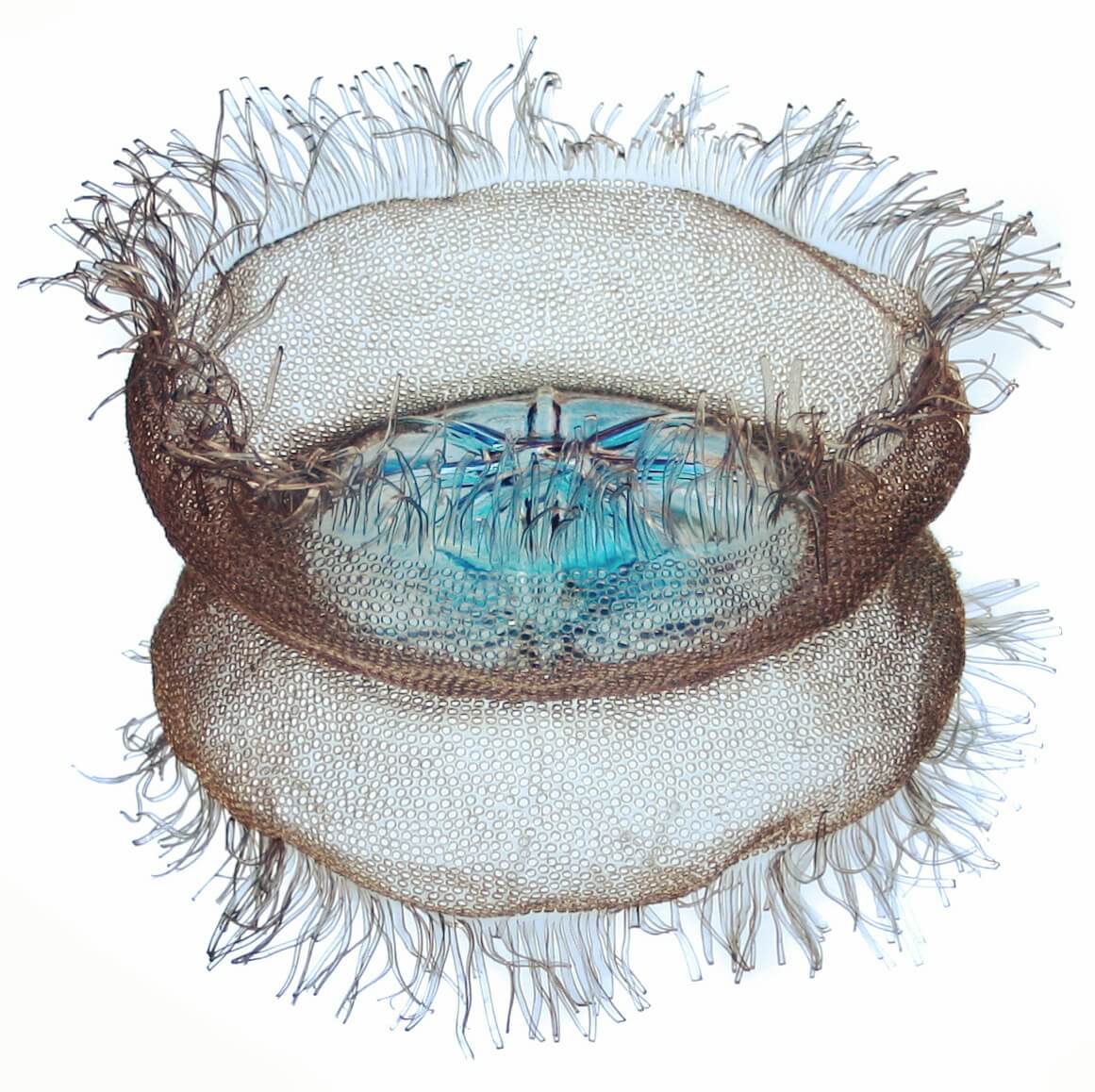 |
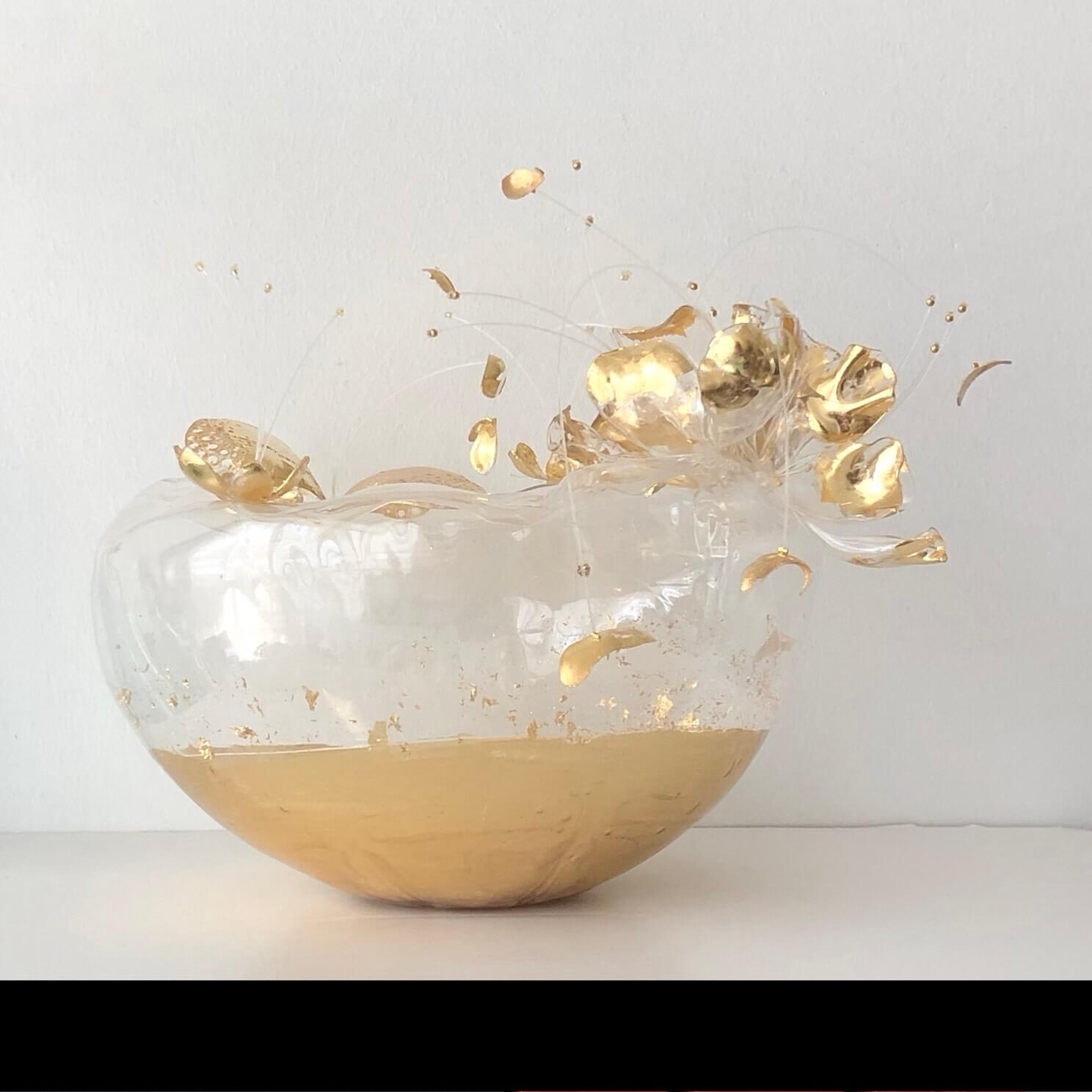 |
How do you think upcycled design influences consumer awareness and sustainability?
I can’t say that the work I or other upcyclers do is a be-all-end-all solution to the problem at hand. What these designs offer is an opportunity for us to rethink our consumption habits. We need reminders that our culture of ravenous consumerism leaving behind mountains of waste is not sustainable. The role of my work, in this sense, is to spark interest, curiosity, and surprise, to bring the issue to the forefront, and to highlight the need for real solutions.
 |
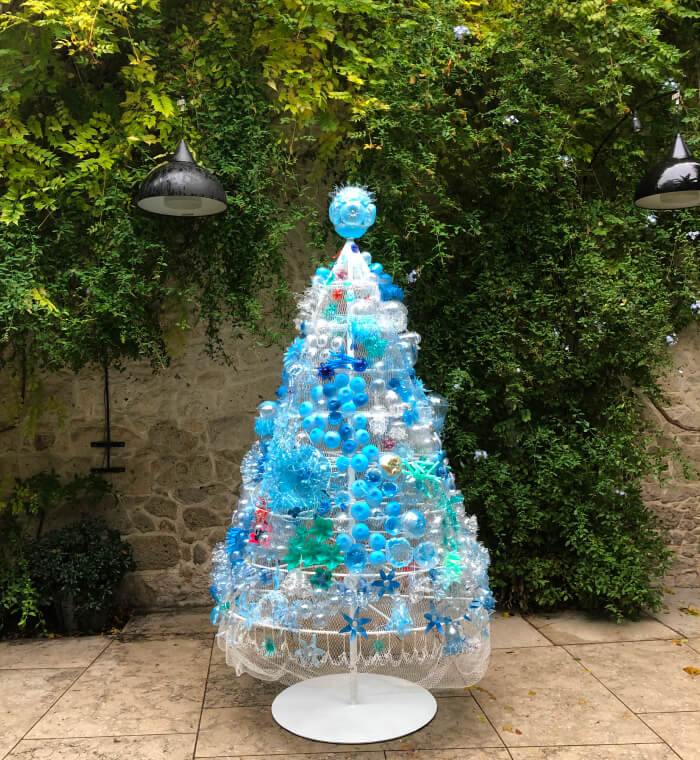 |
Does your architectural education influence your design processes? For example, do you use tools like sketches or models when designing your pieces?
I definitely credit my ability to design to my architectural education. While creating these pieces doesn’t demand the same rationality as architecture, I do apply my architectural knowledge to create both the object and the meaning behind it. I sometimes sketch, though it’s more like jotting down ideas as they come to me. Instead of creating models, I prefer repetition—doing the same thing again and again, improving each time. I keep going until I achieve the result I’m after.
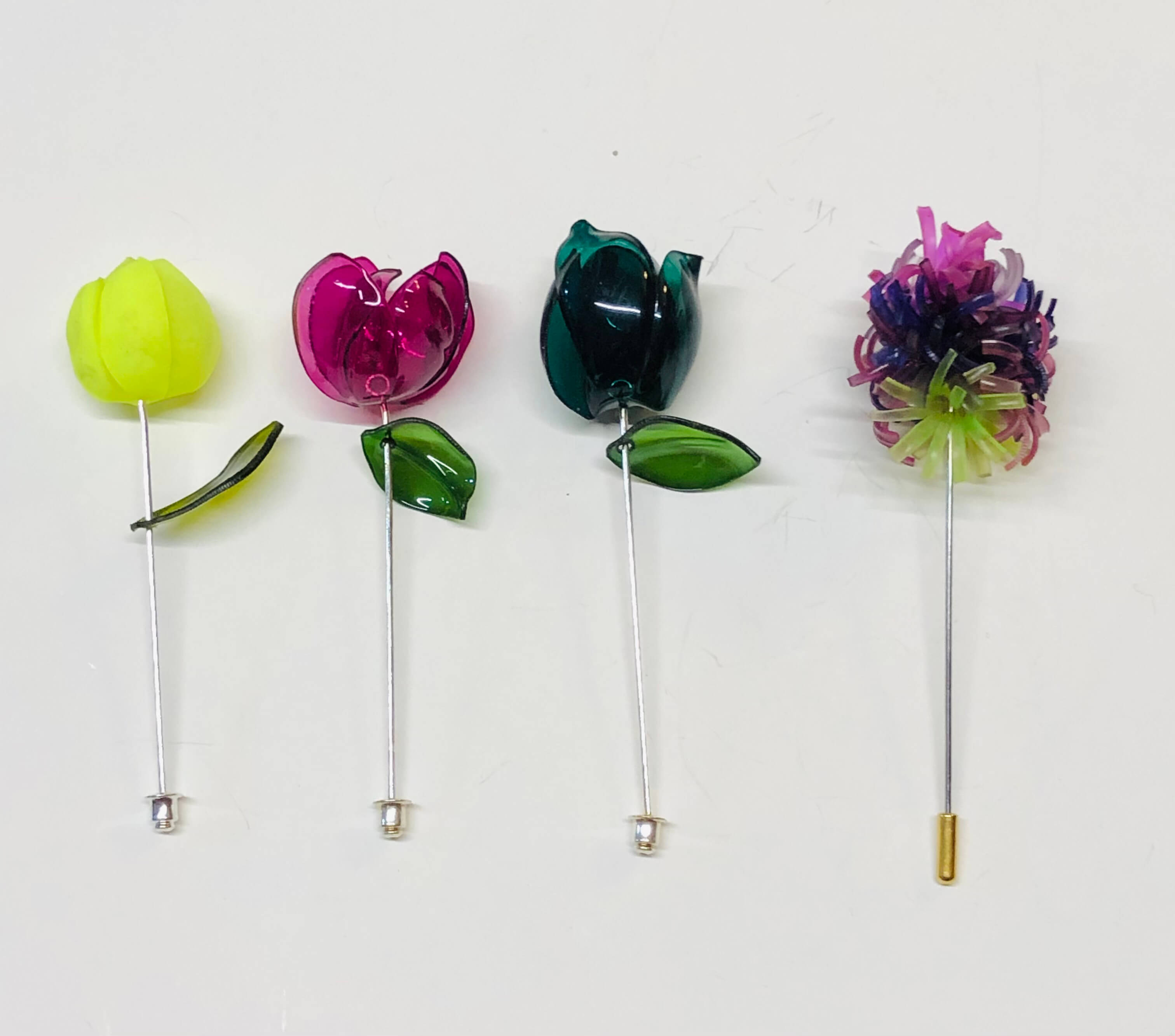 |
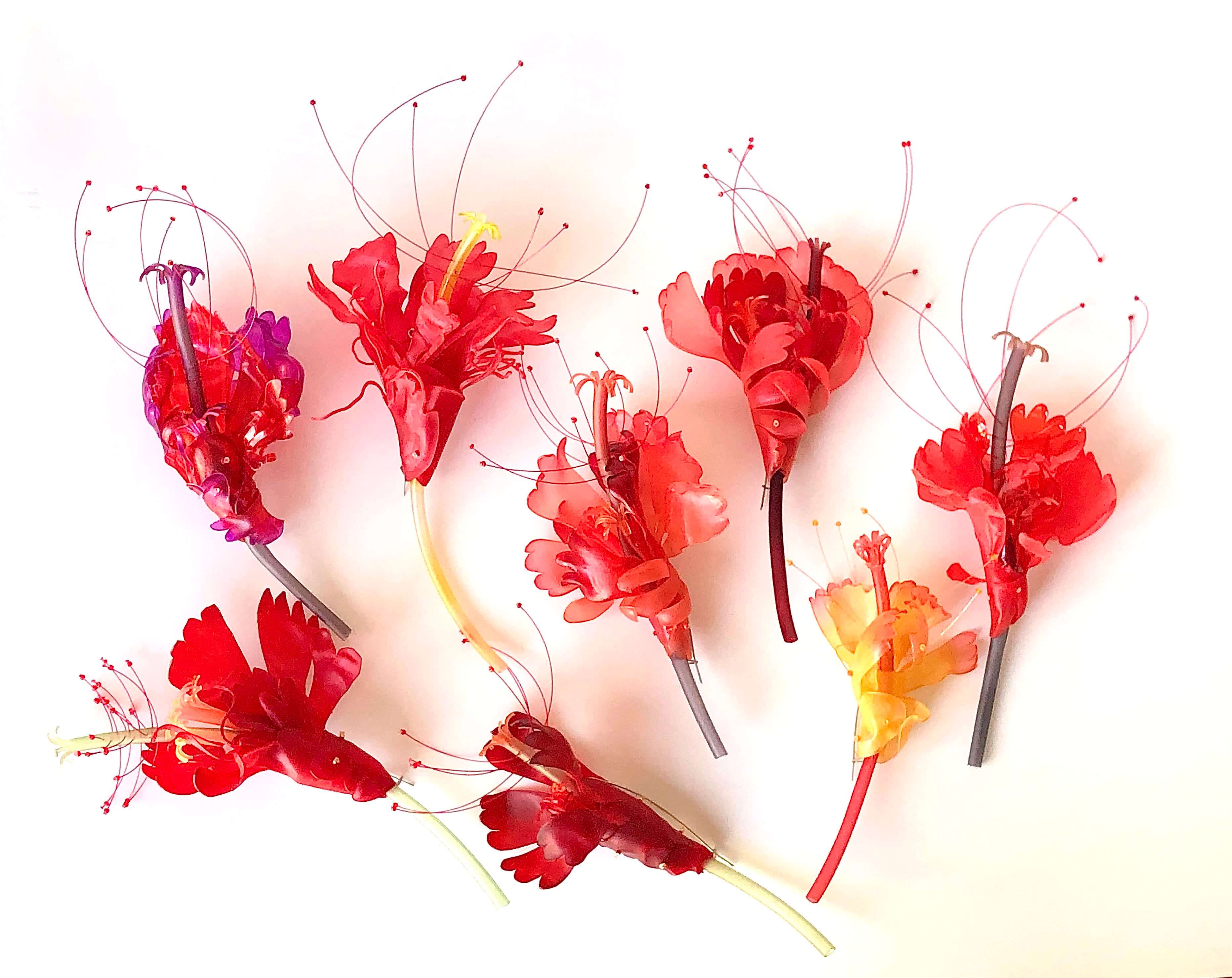 |
What are you currently working on? Do you have a new collection or exhibition in the works? And is there any material, besides PET, that has caught your attention?
Lately, I’ve been shifting from smaller pieces to larger installations. I’ve come to love creating work that impacts public spaces and engages crowds. We’re currently planning an installation in Alaçatı Square with the support of Çeşme Municipality.
In the past, I worked with disadvantaged communities as part of an EU project. There are so many people who could make a living by transforming waste into something valuable. In the coming months, I want to dedicate more time to this. I’m even exploring the idea of organizing workshops in Senegal.
